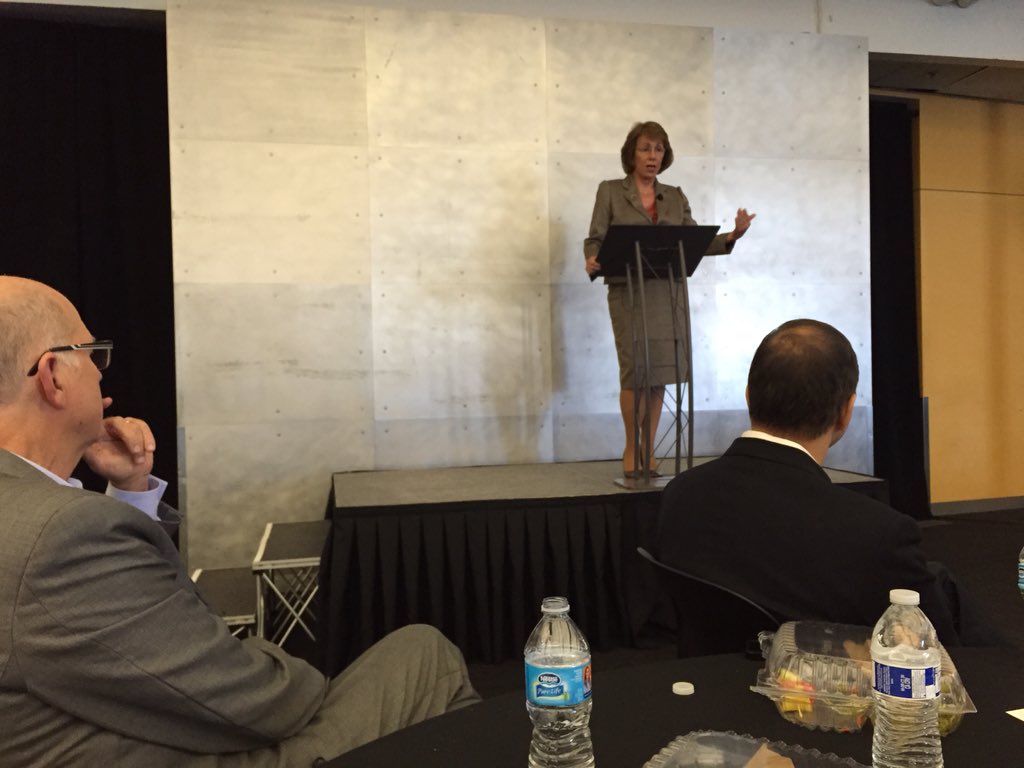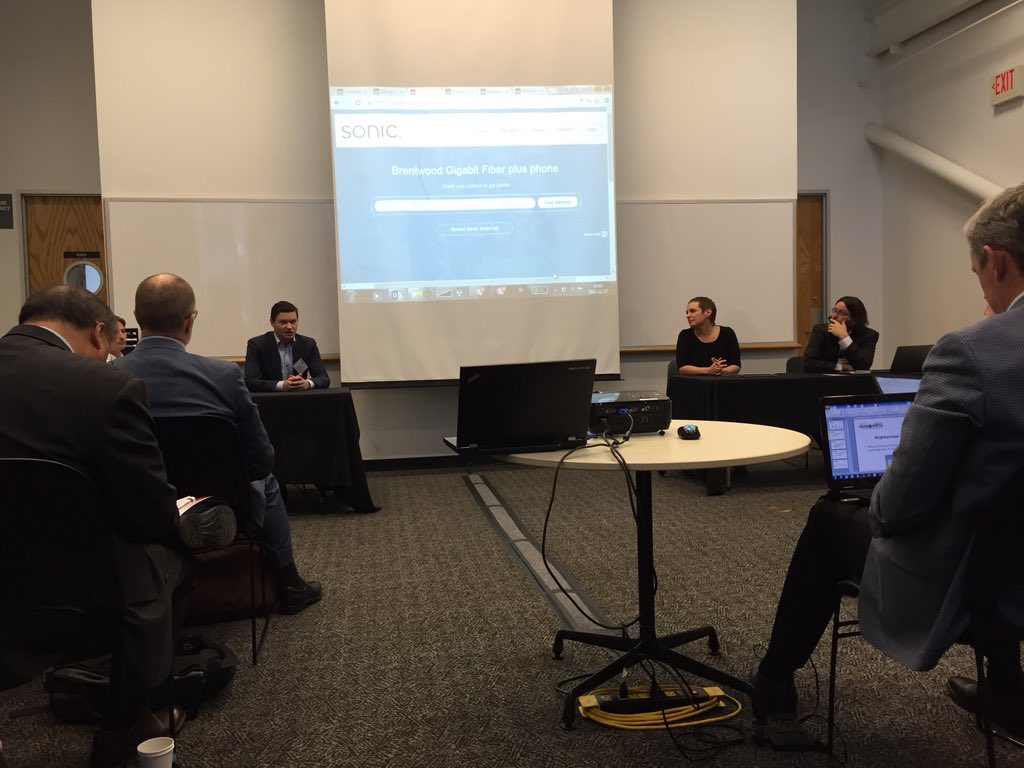At Inaugural AnchorNETs Conference in Silicon Valley, The Broadband Talk is About Public-Private Partnerships
MOUNTAIN VIEW, November 24, 2015 – Community broadband institutions are a key building block to accelerate deployment of high-capacity internet service, said speakers and panelists at the inaugural Anchornets conference here last week. Such community institutions also play a vital role in facilitat
MOUNTAIN VIEW, November 24, 2015 – Community broadband institutions are a key building block to accelerate deployment of high-capacity internet service, said speakers and panelists at the inaugural Anchornets conference here last week.
Such community institutions also play a vital role in facilitating public-private partnerships that aid such deployment, they said at a conference hosted by the Schools, Health and Libraries Broadband Coalition at the Museum of Computer History here in the heart of Silicon Valley on Monday, November 16.
Sunne McPeak, CEO of the California Emerging Technology Fund, speaks of the importance of public-private partnership to broadband.
Among the high-profile leaders who emphasized the important role of schools and libraries in promoting high-speed internet service were former Illinois Gov. Pat Quinn, Sunne McPeak, CEO of the California Emerging Technology Fund, and Evan Marwell, founder of EducationSuperhighway, a non-profit designed to promote greater internet connectivity in schools.
“We have fiber to every school, Wi-Fi to every classroom and connectivity that every district can afford,” said Marwell, speaking of his fast-growing non-profit, which started only in 2012.
EducationSuperhighway and the SHLB Coalition have been instrumental in pressing for changes to the eRate portion of the universal service fund that supports broadband connectivity in classrooms. Last year the FCC took significant steps in July and December to boost funding, and to permit schools to enter into partnerships to build their own broadband.The theme the public-private partnerships can help overcome existing broadband gaps was echoed during other sessions throughout the conference.
For example, during a panel on the “Economics of the Local-Middle Mile Networks,” experts and practitioners building last-mile fiber-optic networks spoke the important role that middle-mile connections have played in opening new opportunities on their home ground.In Sweden, open access fiber-optic networks are commonplace, said Isak Finer, vice president of COS Systems, which designs software enabling cities and companies to build Gigabit Networks. Finer said he’s seeing more and more U.S. communities following the Swedish model.

Isak Finer, vice president of COS Systems, speaking about tools to facilitate open access broadband networks.
James Hackett, the director of business operations for the Santa Cruz, California-based provider Cruzio Internet, agreed. His company, which has been reselling digital subscriber line and wireless internet services for 26 years, is seeking to entice the city and public-private partners into build a fiber network upon which Cruzio may offer services.
“Not only will this bring incredible economic benefits, but huge savings to the city itself,” said Hackett. Noting that Santz Cruz is one of the hubs of the University of California higher education system, he said a Gigabit Network could dramatically cut down on traffic.“We want to keep 25,000 people from driving over the hill every day,” he said, referring to the mountain passage separating the beachside Santa Cruz from the still-sprawling Silicon Valley around San Jose.He noted an upcoming vote before the Santa Cruz City Council on December 8. “We anticipate a two to three year build-out plan that will bring a Gigabit to the home for close to 100 percent of the city.”
For additional articles about the California broadband conferences, please visit: https://broadbandbreakfast.com/2015/11/community-broadband-center-leaders-to-gather-in-silicon-valley-for-anchornets-and-ntia-event-on-november-16-17/
Drew Clark is the Chairman of the Broadband Breakfast Club. He tracks the development of Gigabit Networks, broadband usage, the universal service fund and wireless policy @BroadbandCensus. He is also Of Counsel with the firm of Best Best & Krieger LLP, with offices in California and Washington, DC. He works with cities, special districts and private companies on planning, financing and coordinating efforts of the many partners necessary to construct broadband infrastructure and deploy “Smart City” applications. You can find him on LinkedIN, Google+ and Twitter. The articles and posts on BroadbandBreakfast.com and affiliated social media are not legal advice or legal services, do not constitute the creation of an attorney-client privilege, and represent the views of their respective authors.









Member discussion